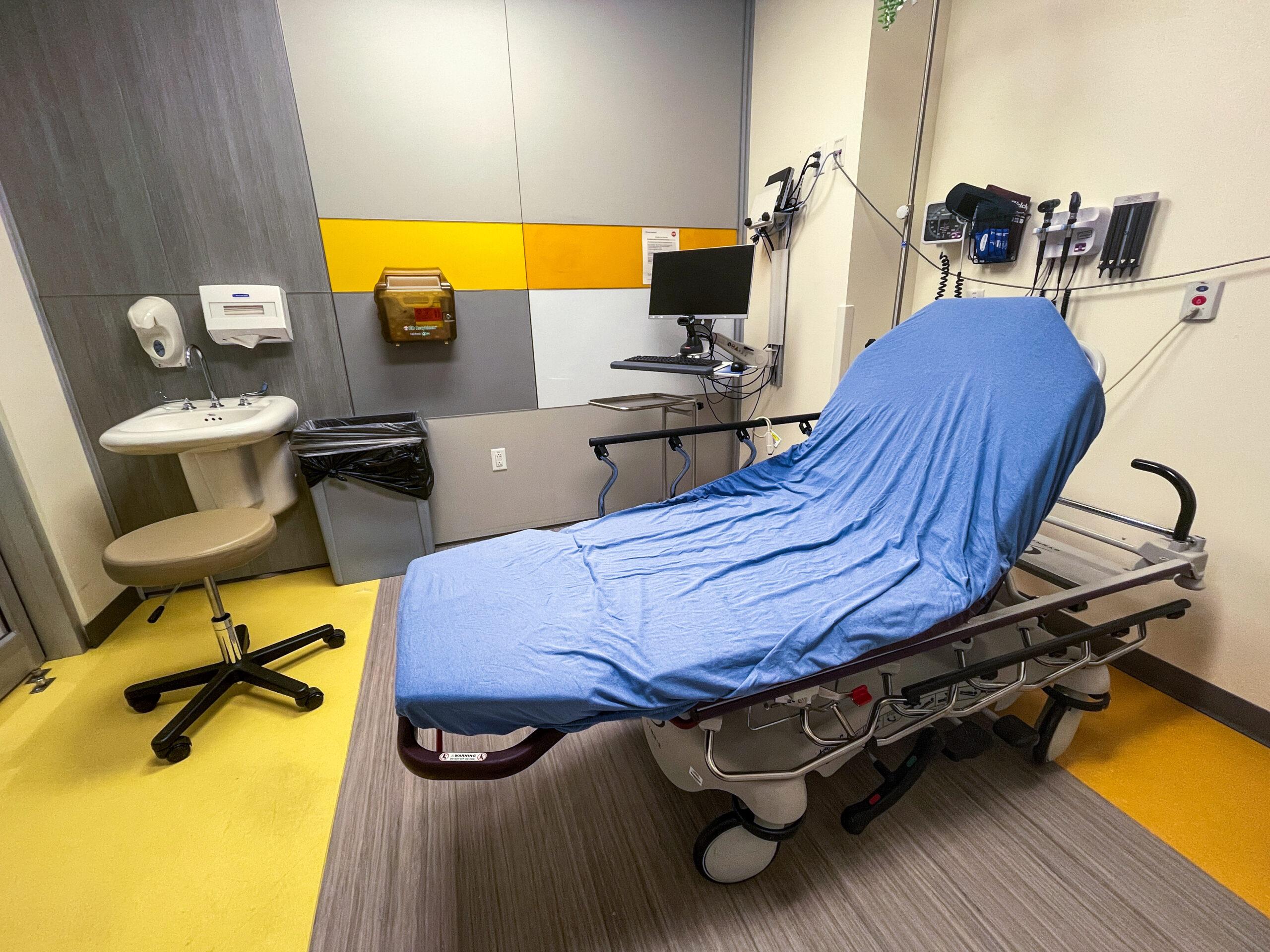
Prices for health care services can vary wildly.
Now Coloradans can compare costs for more than 260 health care services at more that 150 hospitals and facilities around the state, through an updated online tool called Shop for Care.
“Colonoscopies can be as low as $500 and as high as $5,000,” said Cari Frank, vice president of communication and marketing, with the nonprofit The Center for Improving Value in Health Care. “That's something everybody should be getting and you definitely don't want to be hindering people from getting a preventive service like that.”
Frank said the tool offers essentially a one-stop-shop to compare quality and prices, often helping people find affordable options that might otherwise miss.
“You can save a lot of money into the thousands of dollars by shopping for health care services,” said Frank.
And how.
A run down of the disparities between the highest and lowest prices is sometimes jaw-dropping, according to information on the center’s website.
- Hip replacements are between $3,930 and $36,040, and knee replacements can cost from $4,800 to $36,040.
- Removal of the uterus, tubes or ovaries could cost as little as $2,000 or as much as $26,660. A vaginal delivery without complications is priced between $4,580 and $15,000.
- The cost of a psychiatric diagnostic evaluation varies from $120 to $420. Shock treatment ranges from $260 to $1,300.
- A cardiovascular stress test can cost anywhere from $270 to $1,970, while an ultrasound of the heart (echocardiogram) ranges from $700 to $3,390.
- A blood test for thyroid stimulating hormone (TSH) costs between $10 and $250, and a comprehensive metabolic panel ranges from $10 to $700.
- A moderately complex physical therapy evaluation can cost between $60 and $380 per unit, while physical therapy to one or more regions is $40 on the low end and $240 on the high end per unit.
- An MRI of the brain is priced between $520 and $2,360, and a CT scan of the abdomen and pelvis (with contrast) costs $300 to $4,750.
The data is based on commercial claims submitted by health insurance payers to the Colorado All Payer Claims Database.
Why the gaps between the highest and lowest prices?
“I think that that is the million dollar question actually. There isn't necessarily rhyme or reason in terms of why prices are so high,” Frank said.
In some areas, rural areas may have higher costs of living. They may have to pay their providers more, “but you don't consistently see higher prices in areas with higher cost of living. It doesn't necessarily correlate to anything.”
It comes down to negotiations between payers, health insurance companies and government insurance programs, and the providers that they're paying, she said.
“So it comes down to those individual negotiated rates that they come up with year after year, and usually they're just increasing it somewhat over what they paid last year,” Frank said.
It depends on where the two sides set that baseline to start with.
“And it doesn't necessarily follow a specific formula that anybody that I'm aware of has ever been able to understand,” said Frank.
Those with or without insurance can use the tool as a starting point to select a facility for the medical service or procedure they seek. For folks with insurance, actual costs will hinge on several things. Those include health status, whether the facility is in or out of network, and cost-sharing benefit plan specifics.
For Coloradans who do not have insurance, many facilities do offer self-pay discounts. The center suggests consumers reach out directly to the facility of choice or their insurance company to estimate actual costs for services for their situation.
The tool has been available for about a decade but never had data for this many services and locations. Frank said the group typically gets around 2,000 web page hits per month for the Shop for Care tool; they hope the updated version will see even more traffic.
“We know a lot more people could be using it and should be using it,” she said. “I think a lot of people are just, are not accustomed to shopping for healthcare is not something that we're used to doing.”
Some people have even been able to save money on the back end of getting a service or procedure.
“We have had people actually negotiate rates down after the fact. We've had people come to us and say, ‘Hey, I got charged $14,000 for an X-ray of my arm. I used your tool, saw that the average is actually $2,000 and I got my bill reduced by $10,000.’”
“So that's a really cool after the fact use case too, is that you can actually retrospectively use it as a tool to get unexpected high bills under control,” Frank said.








